
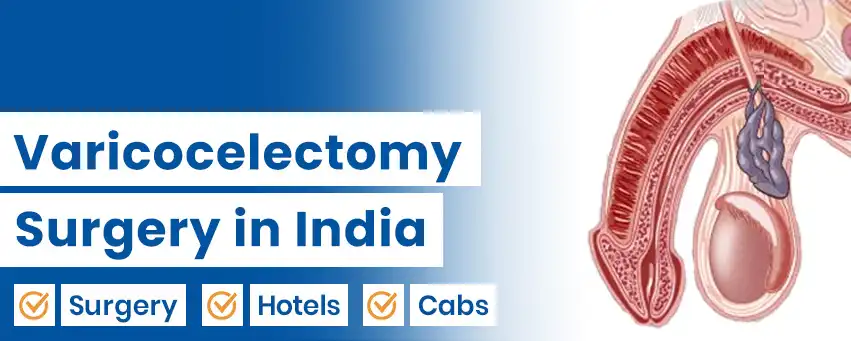
A varicocele, also known as pelvic compression syndrome is a medical condition in men in which the veins around the scrotum become enlarged. When this happens, the temperature of the scrotum increases which leads to imbalanced testosterone levels. As testosterone reduces, it reduces the quality and quantity of sperm production which can lead to infertility.
A lot of men from African nations such as Cameroon, Uganda, Ghana, and Rwanda are travelling to India every year for varicocele surgery because the treatment is insufficiently available in their countries. Getting a proper diagnosis and treatment is easy in India. Also, the cost of varicocelectomy surgery is much lower in India than in the rest of the world. India is a preferred country for international patients because the Indian healthcare system has the latest technological tools that help in providing high-quality treatment with high success rates for varicocele surgery, that too at a much affordable cost.
The doctor you visit will start the varicocele diagnosis by asking about your symptoms. Besides that, the professional will examine your testis. This will involve you sitting down, standing up, taking a pooping position, or performing the Valsalva maneuver technique ( holding your breath and bearing down just like the pressure that is created during bowel movement. to make the diagnosis of varicocele easier to examine.
Varicoceles occur in the left testis, called unilateral varicoceles. Nonetheless, some individuals also suffer from bilateral varicoceles or both affected testes. To confirm the diagnosis, the doctor will order a blood test, a semen analysis, and an ultrasound.
While blood tests and semen analysis help check if the condition affects fertility in males, ultrasound offers a clear picture of the veins in the scrotum. Depending upon the diagnosis, your healthcare provider will confirm the grade of varicocele you have which will further help in deciding the type of treatment you will require. Varicocele has four grades, which include:
■ Grade 0: The tiniest varicocele type falls under Grade 0. Its second name is subclinical varicocele. This type is commonly apparent via ultrasound but not during a physical exam.
■ Grade 1: It is the type of varicocele that is not evident by looking at it. It is only evident to the health provider while doing a physical exam and felt when the patient is standing and performing the Valsalva maneuver.
■ Grade 2: When at rest while standing, the grade 2 varicocele is palpable due to its larger size. The doctor may only be able to feel it and not see it.
■ Grade 3: This is the largest and can be visible through your testicle's skin.
A varicocele surgery is known as varicocelectomy. Varicocelectomy is performed by many different techniques and the main purpose of these procedures is to get access to the affected veins, tying and/or removing them, and redirecting the blood flow from these veins to the healthy veins. The different techniques of varicocelectomy procedures and the varicocele surgery steps are explained below:

An open-varicocelectomy varicocele surgery in India is also known as a inguinal or a sublingual approach in which one large incision is made in the lower abdomen, usually near the groin or scrotal area to get the access to the affected veins, and blocking the blood flow in these veins.
It is a minimally invasive procedure and unlike open surgery, it requires smaller incisions in the lower abdomen near the scrotal or groin area. The laparoscope is used to visualize the varicocele veins and the surgical instruments along with the laparoscope help the surgeon in removing these veins.
Varicocelectomy embolization is a minimally invasive technique which is also known as percutaneous embolization and it is usually performed by the radiologists. It involves inserting the catheter into the veins and placing either the coils or a liquid substance known as sclerosing agents into the affected veins so that these veins get blocked and the blood flow is diverted away from the varicocele veins to the healthier veins.
Now, depending upon which side of the testicle has developed varicocele, there are two types of varicocele: 1) When the varicoceles are formed in the left testicle, it is known as unilateral varicocele and the surgery performed to treat such varicocele is known as unilateral varicocelectomy whereas when the varicocele forms on both, the left as well as right testicles, then it is known as bilateral varicocele and the varicocele surgery performed to treat this condition is known as bilateral varicocelectomy.
Some advantages of choosing from various types of varicocele surgery in India are as follows:
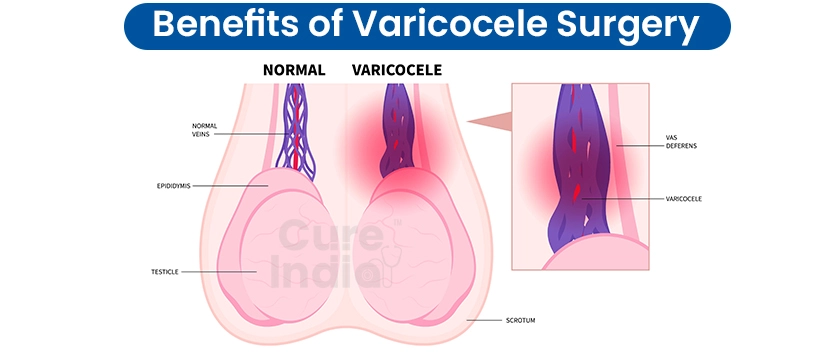

With CureIndia, you can easily connect with the specialists for varicocele surgery in India. The experienced urologists at CureIndia use advanced techniques to treat varicocele to improve fertility and relieve discomfort. CureIndia provides thorough care, including initial consultations, precise surgeries, and complete post-operative support. Let us hear from the leading varicocele specialists in India:
Dr. Gautam Banga is a top varicocele doctor in India, recognised for his expertise in microsurgical varicocelectomy and male infertility management. He specialises in treating varicoceles, testicular pain, and spermatic vein disorders using advanced, microsurgical, and minimally invasive techniques.
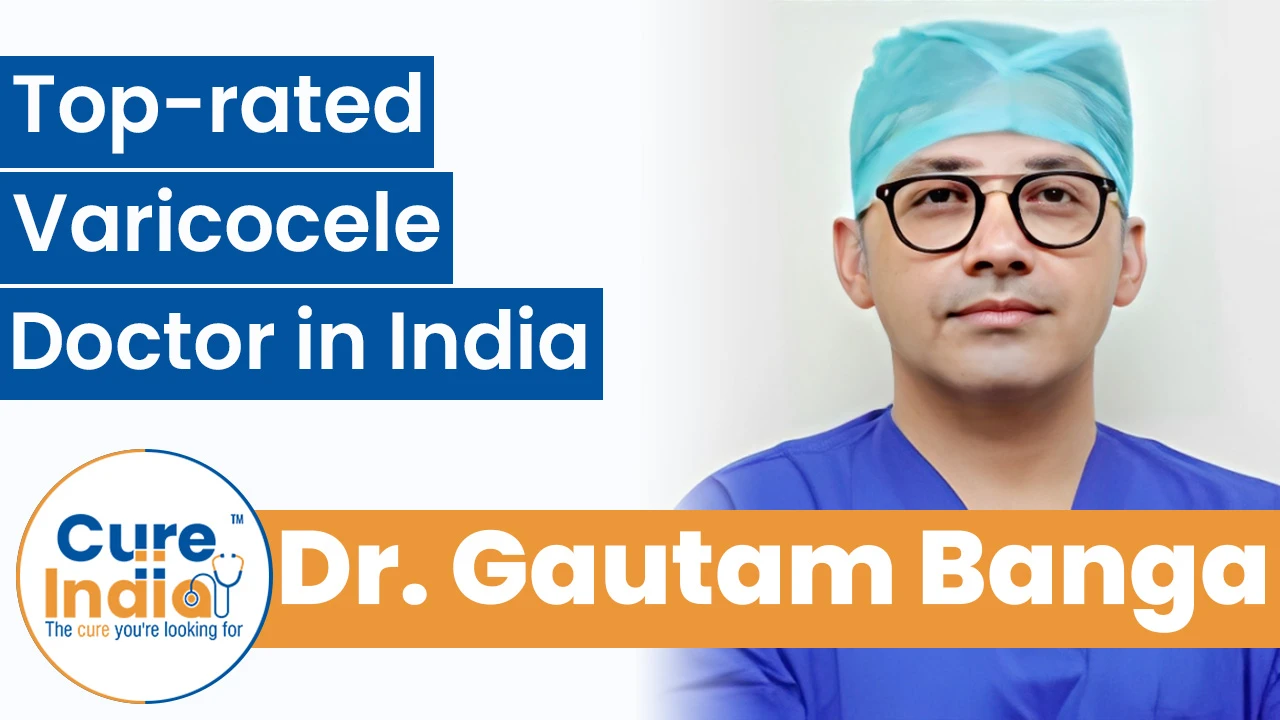
Dr. Vijayant Govinda Gupta is one of the best varicocele surgeons in India, with extensive experience in andrology, reproductive urology, and microsurgery. He specialises in performing procedures like varicocelectomy, spermatic vein ligation, and testicular function restoration.
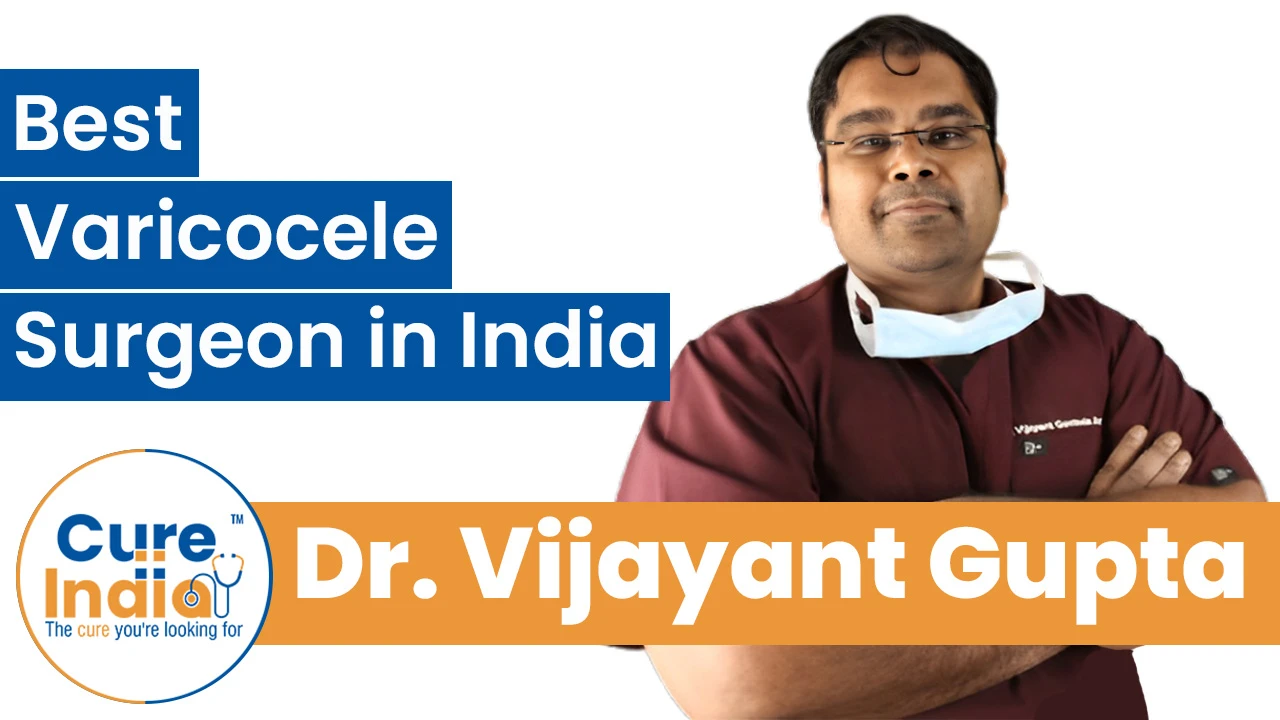
Dr. Rajiv Yadav is a leading doctor for varicocele treatment in India, specialising in microsurgical and laparoscopic varicocelectomy procedures. He specialises in treating varicocele-related infertility, testicular pain, and scrotal swelling using the latest surgical methods that promote rapid recovery and improved sperm quality.
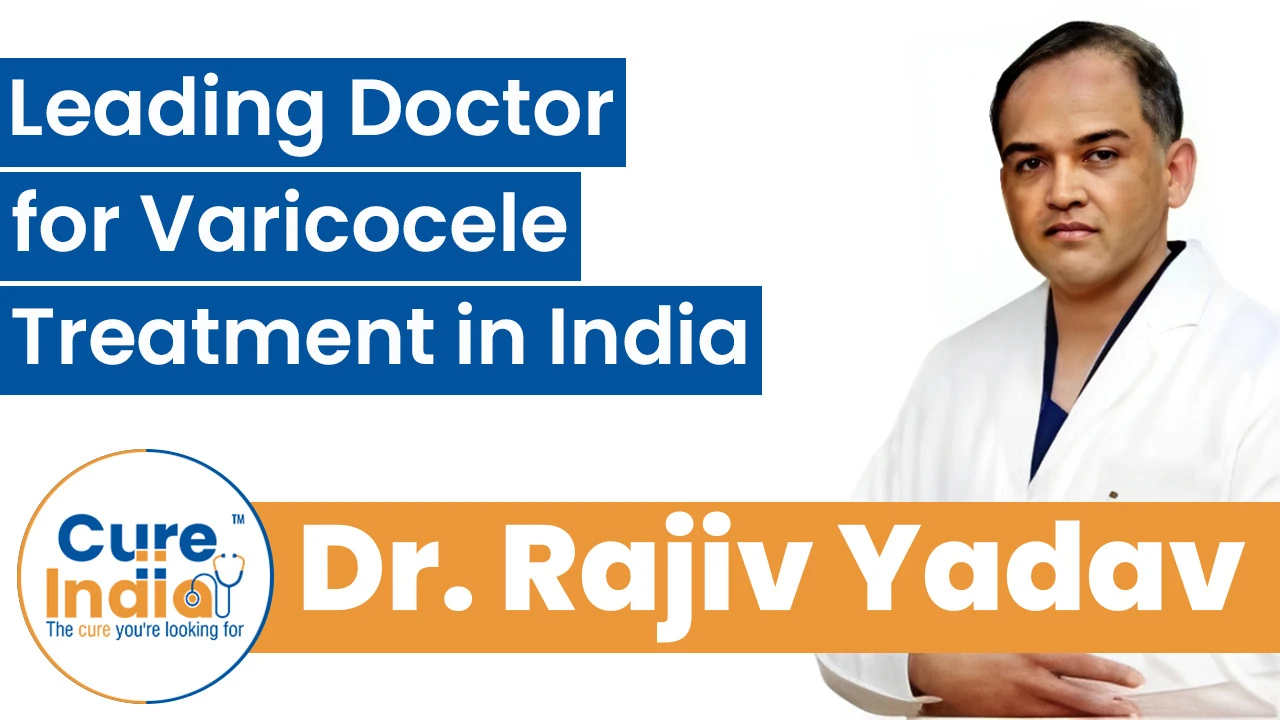
Dr. Vineet Malhotra is an experienced varicocele specialist in India, with proficiency in microsurgical varicocelectomy, male reproductive health, and andrology. He is proficient on treating varicoceles, testicular discomfort, and infertility caused by impaired venous drainage.
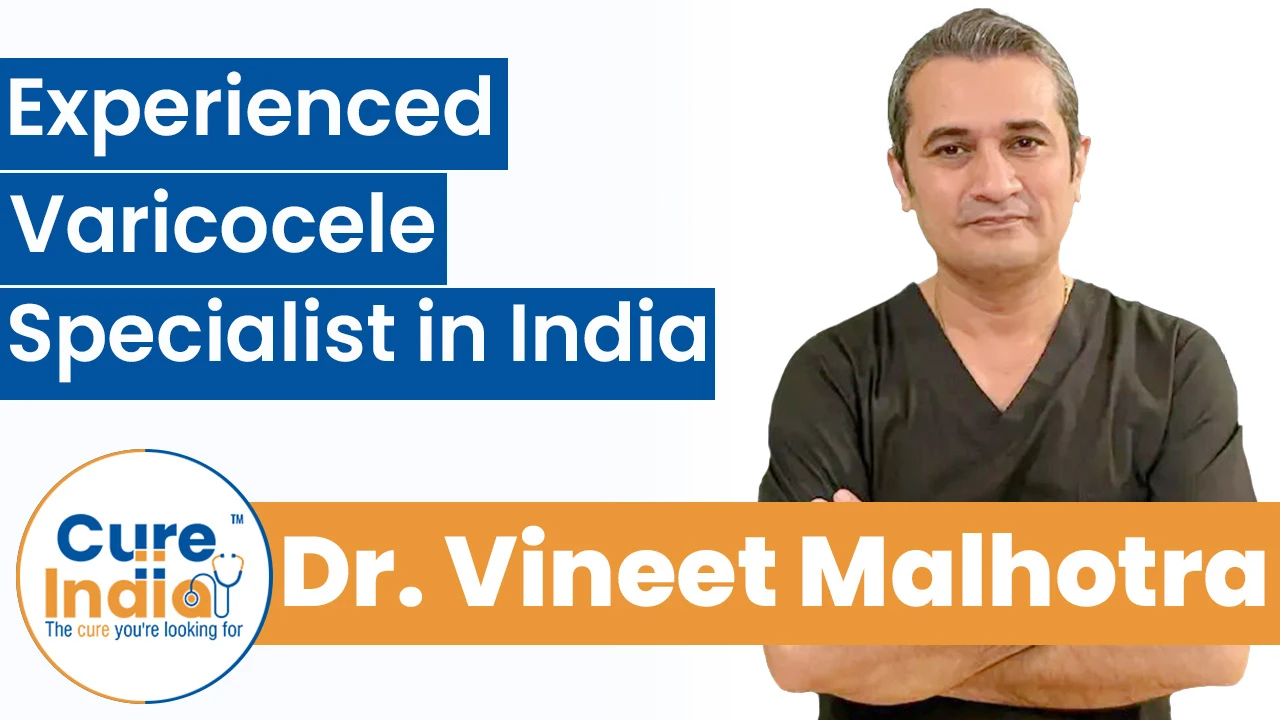
Many people from African nations like Kenya, Ethiopia, Tanzania travel to India seeking the best treatment at minimum cost. Because the cost of varicocele surgery in India is much lower than in any other nation, it is very affordable for global patients. Indian hospitals for varicocele treatment are efficient in providing the best medical treatment as the surgeons in India have many years of experience and learnings. Treatments like laparoscopic varicocelectomy, microsurgical or open technique varicocelectomy, embolization of varicocele, etc. are provided for Varicocele in Indian hospitals. The total cost of varicocele surgery in India depends on several factors, including the severity of the condition, the patient’s age and overall health, the surgeon’s fees, medication cost, the selected hospital and the geographic location of the hospital, insurance coverage, travel cost, stay cost, etc. To get a better idea about the costs, the costs of different treatments are listed below.
| Treatment | Cost in India | Stay in India |
|---|---|---|
| Unilateral Varicocele Surgery in India | $1,500 | 7 Days |
| Bilateral Varicocele Surgery in India | $2,200 | 7 Days |
The healthcare professional will bandage the stitches after the procedure. They will monitor your health once the effects of anesthesia wear off. After the surgery, you will initially feel dizzy and will have soreness in the abdomen and groin region. However, it will gradually reduce and go away as you heal. Most of the people are discharged from the hospital after a few hours of this procedure on the same day. The after effects of varicocele surgery involve feeling dazed and sore in the abdominal region or groin. You can go home after a few hours of the procedure.
When considering open surgery or laparoscopic varicocelectomy recovery time, it may differ from one person to another. The wound and swelling may heal in at least four weeks, with tenderness lasting about six weeks. You must follow your doctor's instructions for taking care of the surgery site, such as ice packing, cleaning concerned areas to avoid infection, taking showers, not baths, avoiding swimming, etc.
Varicocele surgery in India is a safe procedure and does not have any major complications. If you have a varicocele issue, then it can affect your fertility. By receiving this treatment, you can increase your fertility as the testosterone levels will become normal after this surgery. It will also increase your sperm quality and quantity, which is very beneficial if you are planning to have a child anytime soon. India has the finest surgeons who are highly reputed and respected because they deliver surgery with the highest success rates. Also, the price of varicocele surgery in India is very low in India as compared to many other countries in the world, which is very favourable for international patients as they can save a lot of money while receiving their treatment in India. Contact us now to select the best hospital and surgeon for your scrotal varicocelectomy procedure in India


Suffering from Erectile Dysfunction
Open up and get treated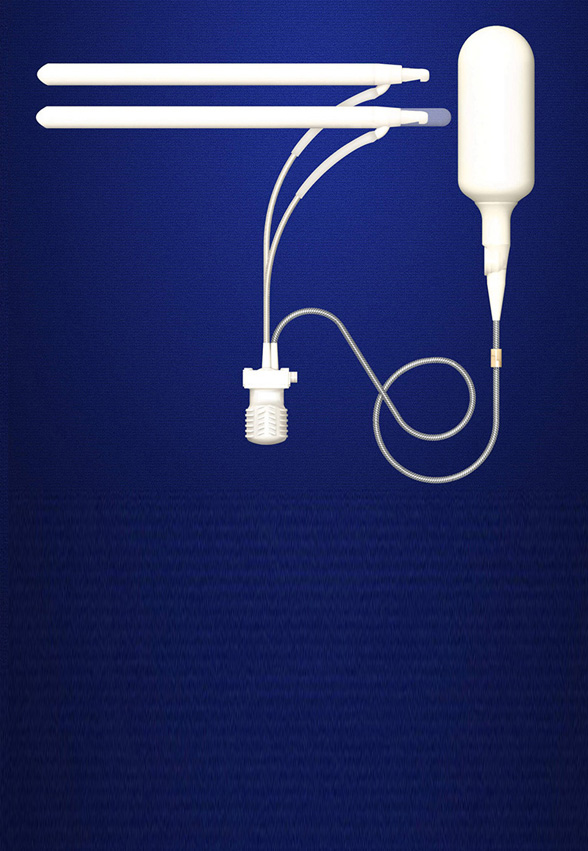
Semi Rigid and Inflatable Penile Implants
Get back the Erection
Insecure about your size
Get Penile Augmentation